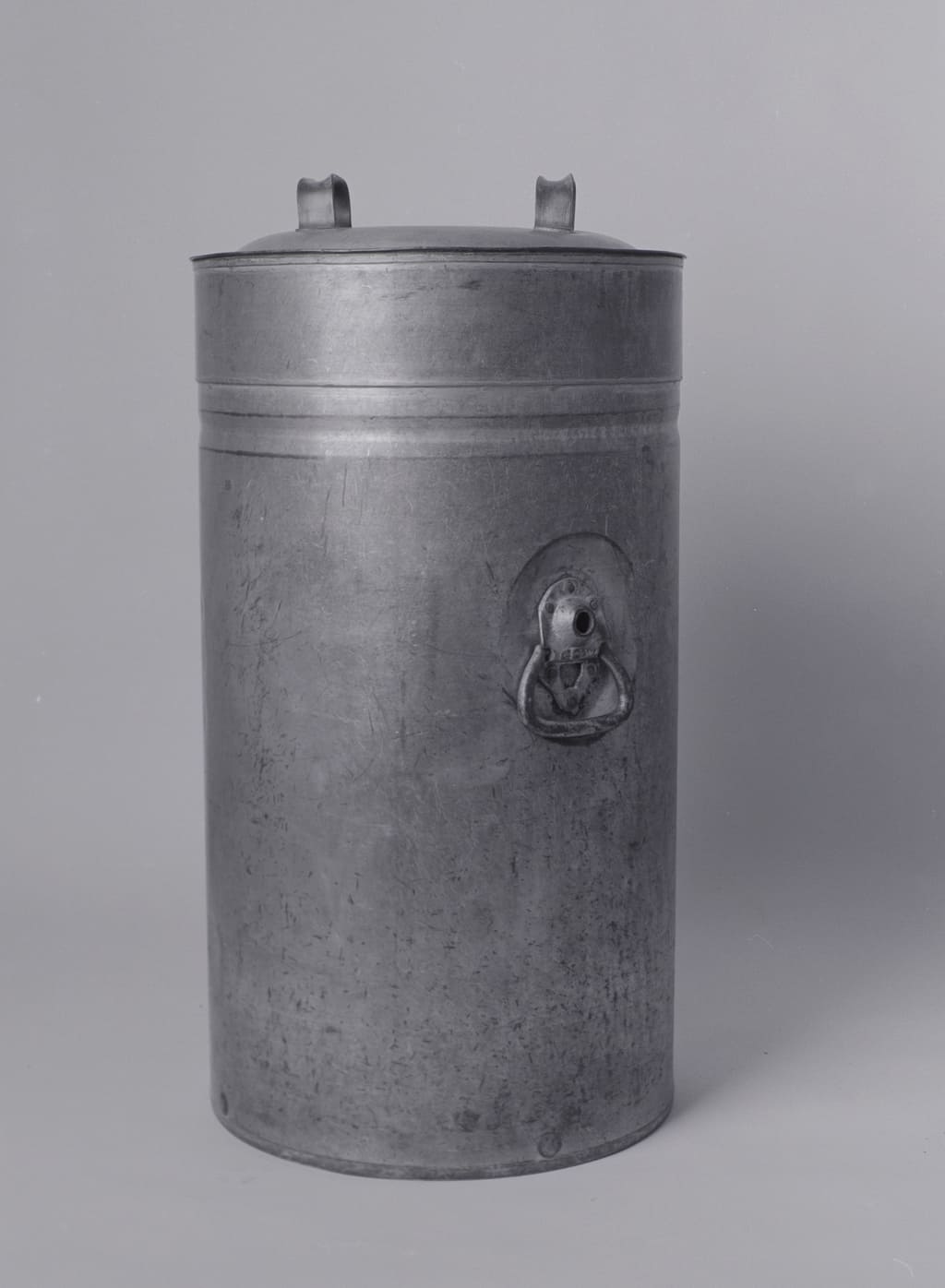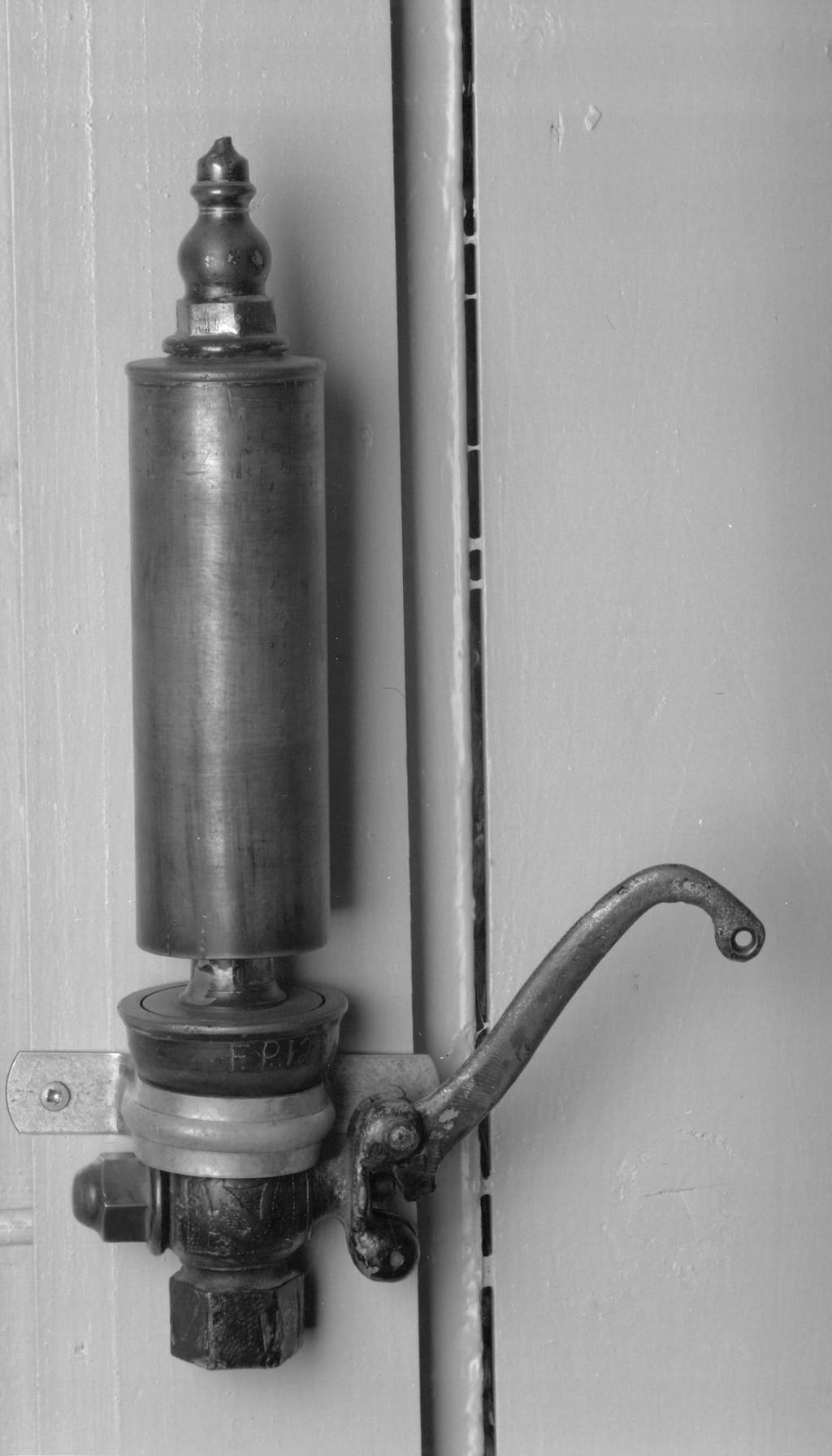Weighing time
The weighing step is crucial for the farmer, since the weight of the milk determines the payment that he will receive at the end of the week.
In 1925, 28 farmers bring the milk production of their dairy cows at the cheese dairy.
Once the weight is registered, the cheese-maker pours the milk into a duct all the way to a vat. Depending on the volume of milk, he first calculates the quantity of the products to be added during the fabrication process.

